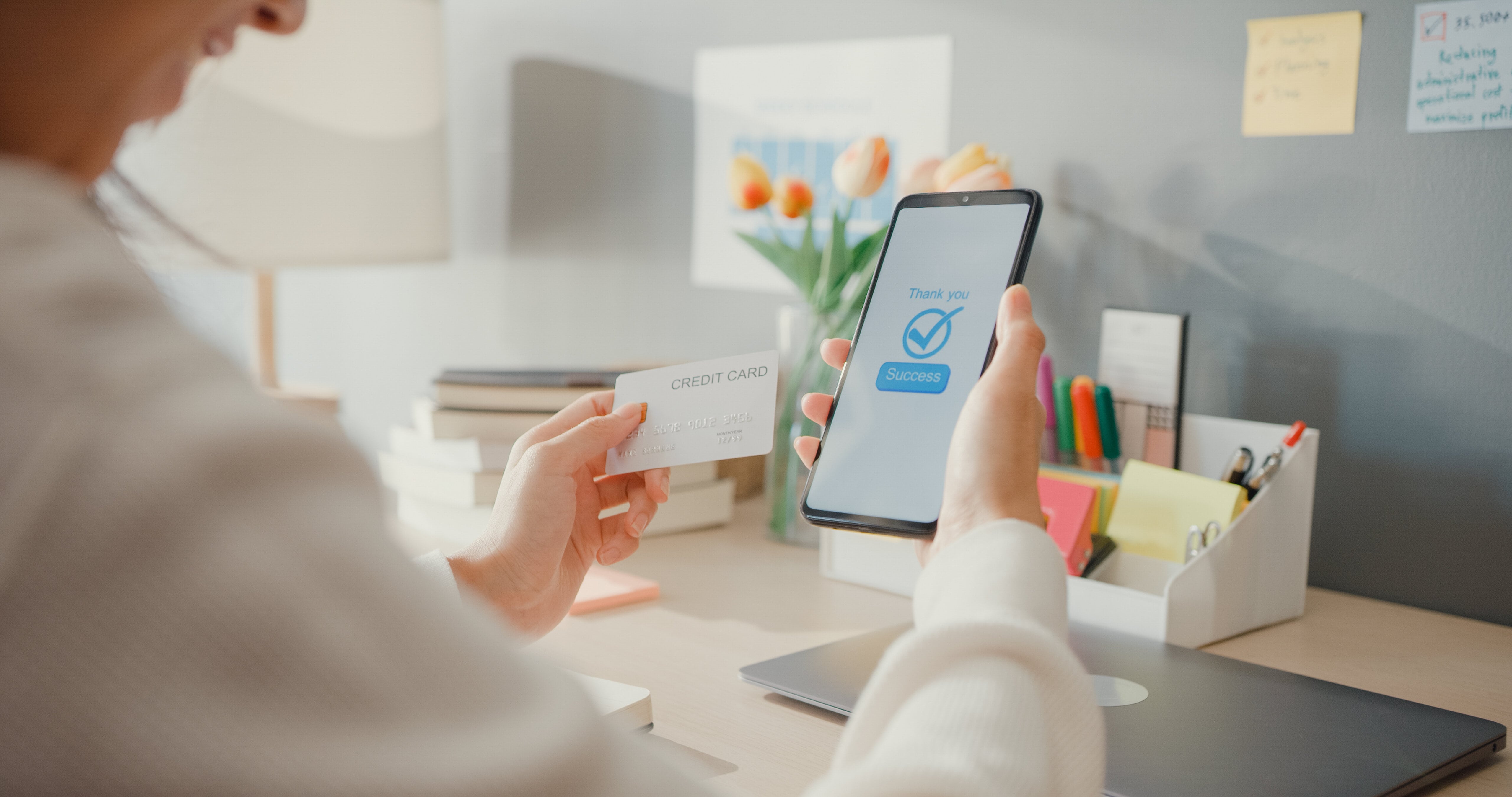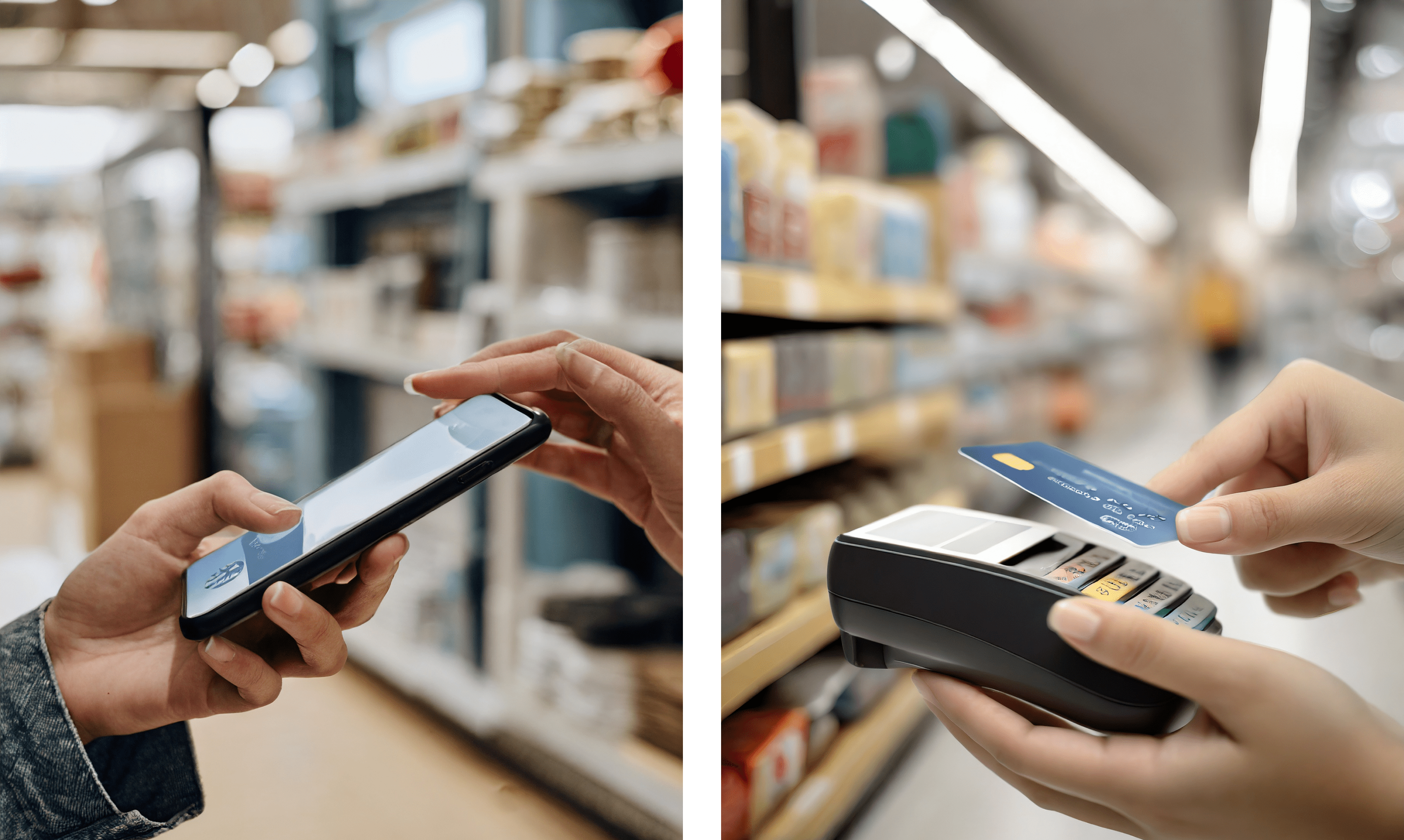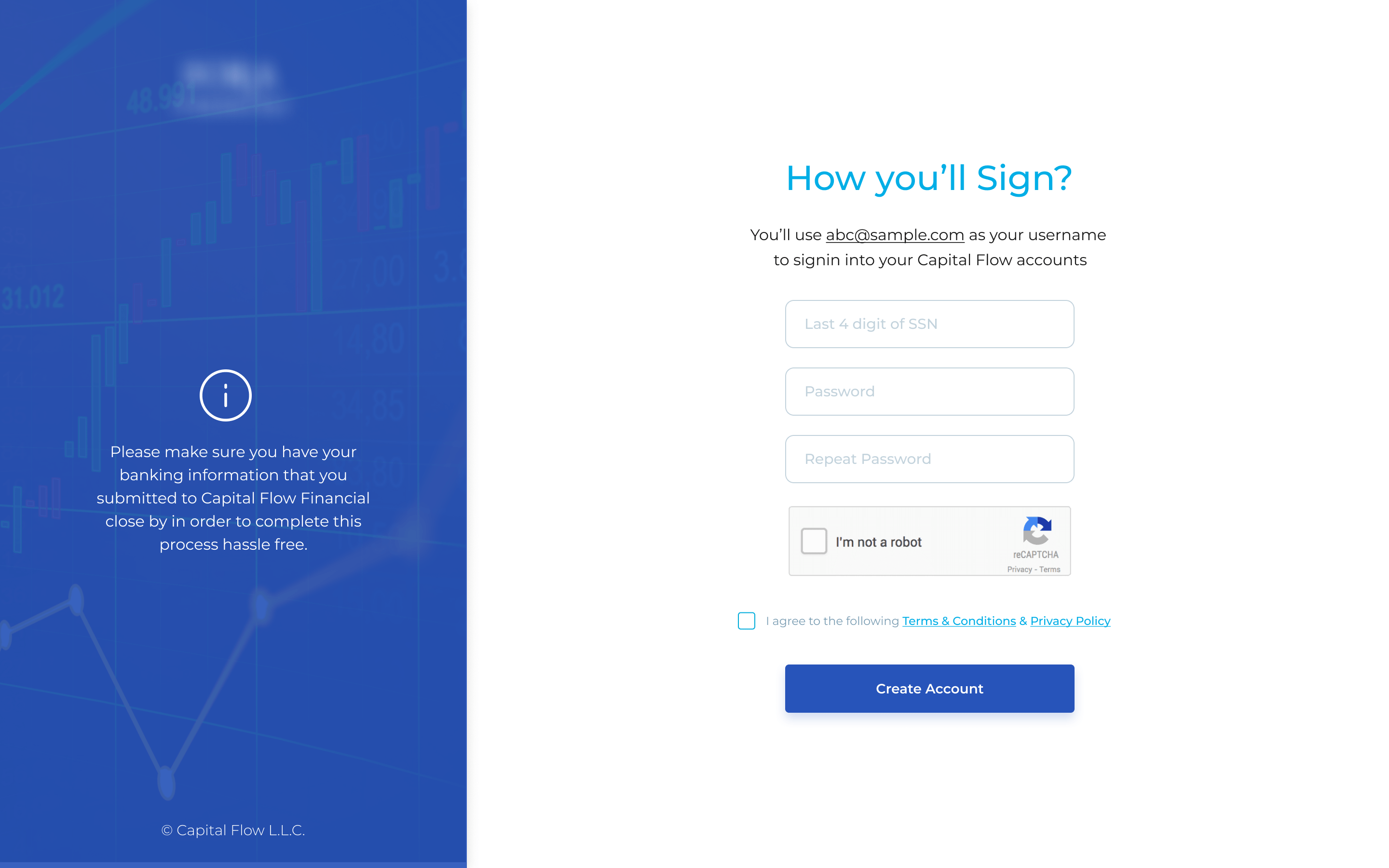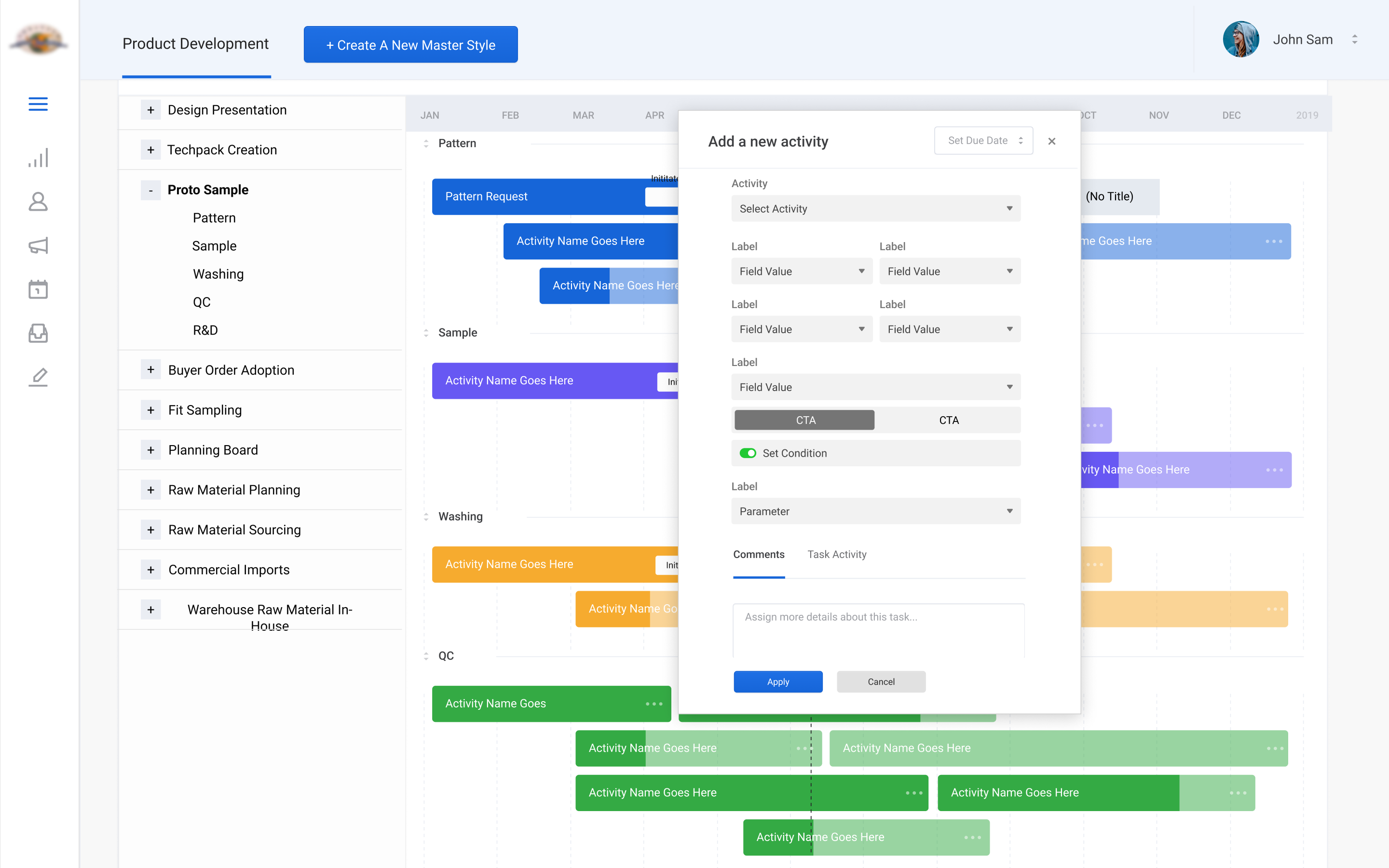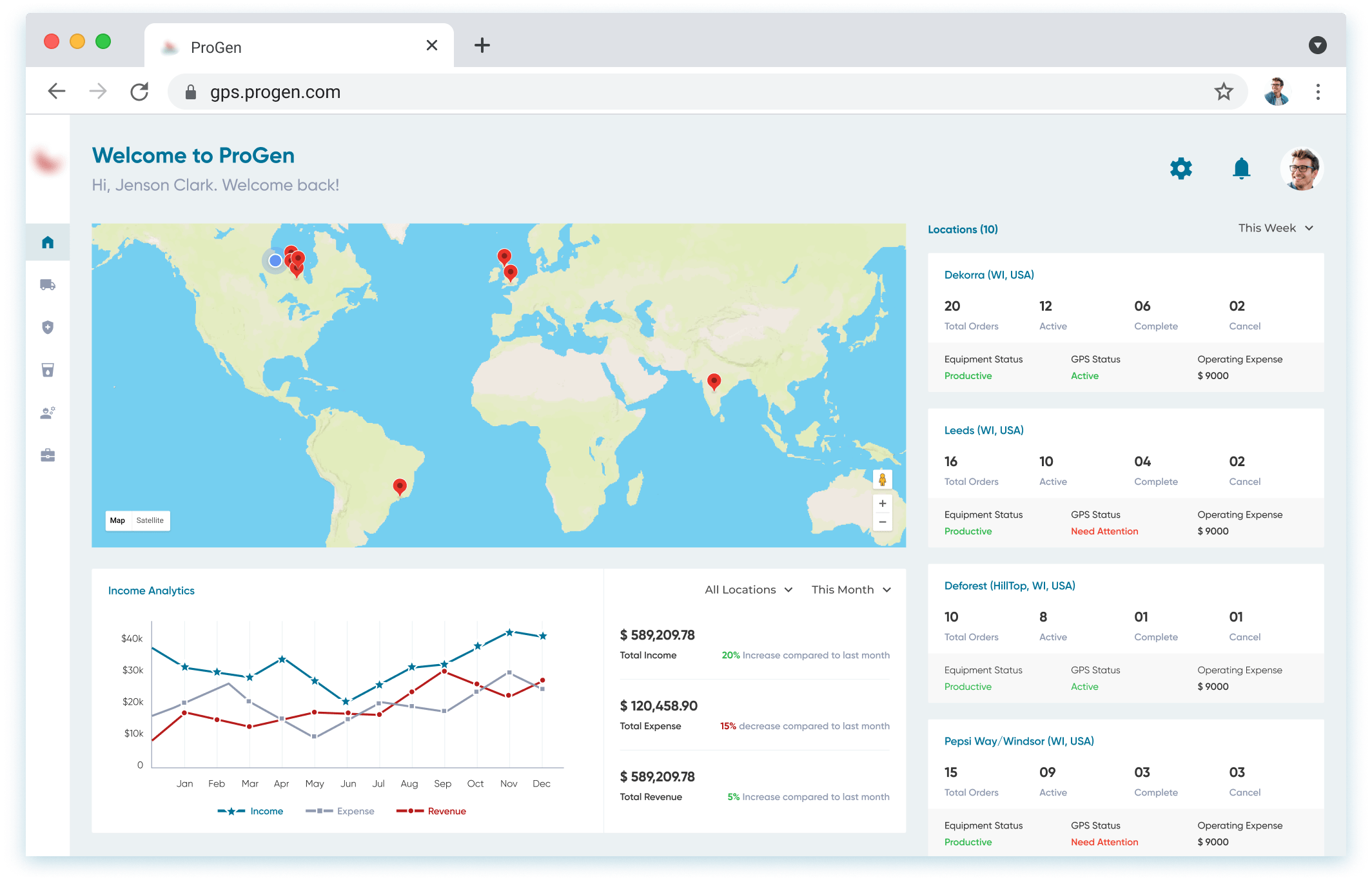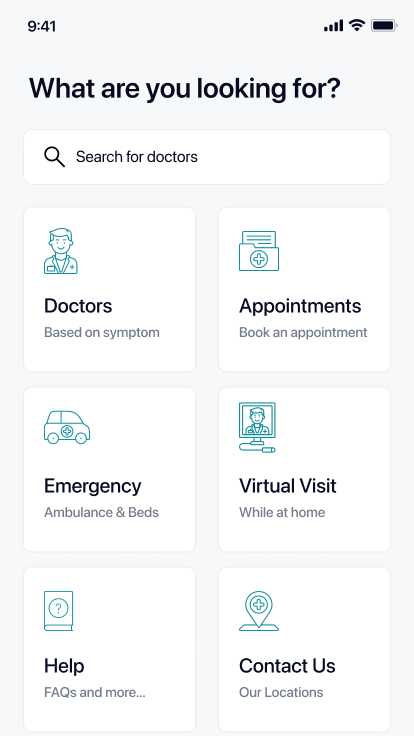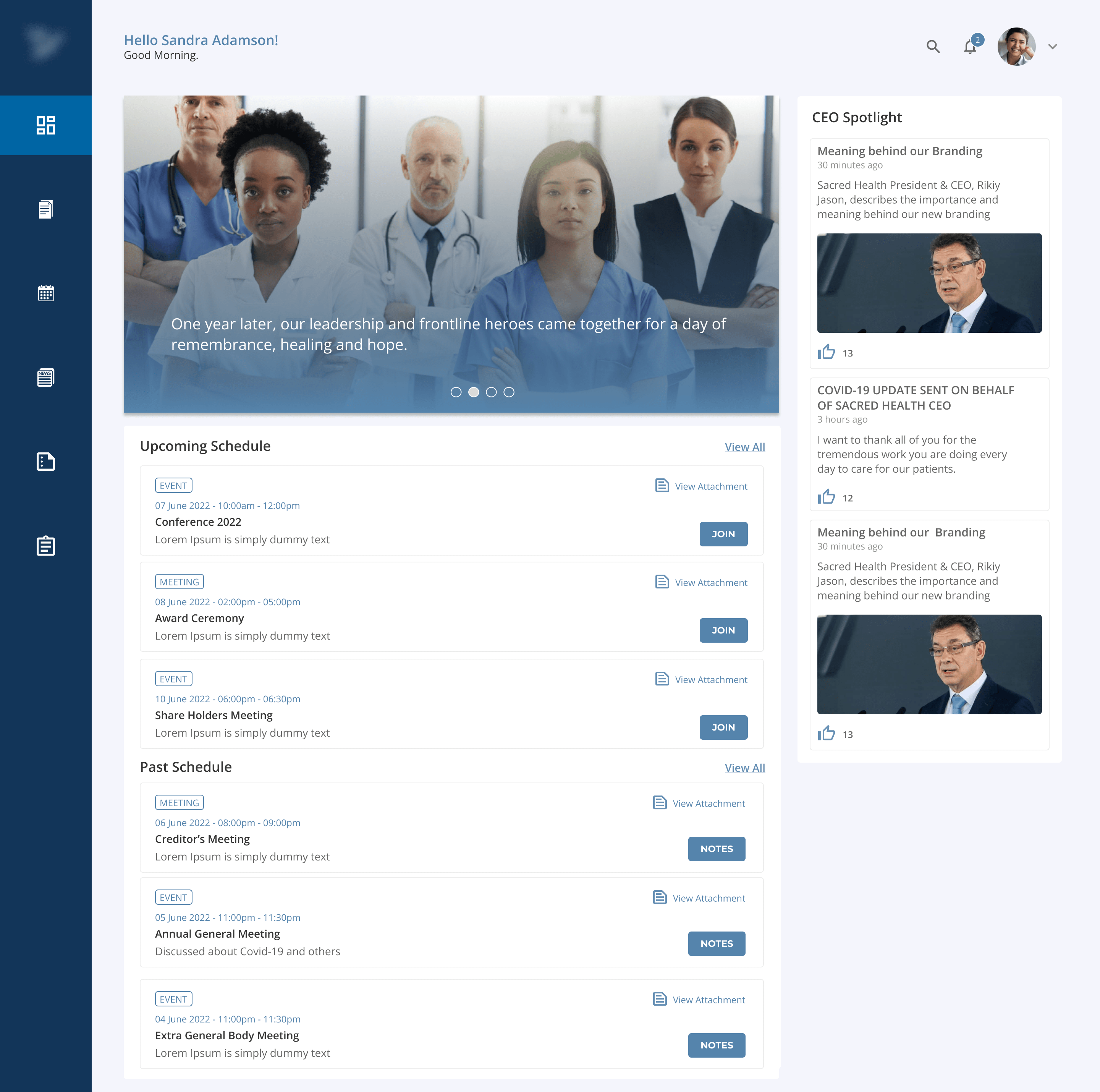Let's talk about User Experience or UX for short. What is UX? While there are many definitions, let's leverage the expertise of the Nielsen Norman Group, worldwide experts in research-based user experience. They say user experience encompasses all aspects of the end user's interactions with a company, it's services and it's products. This is a pretty good definition, but it can be simplified even further.
User experience is how people interact with everything. Other people, software, nature, and inanimate objects. Just to name a few. Now that we've established a baseline about what user experience is, let's talk about why it's important, how it affects you, and why you should care.
Since user experience is not just about software and is about fundamental human interaction with the world around us, everything we interact with contributes to our catalog of experiences.
For example, a great day at the beach or a nice hotel sets a baseline for many people in terms of what a positive and pleasant experience is. Personally, I love nature, so a beautiful sunrise, a hike through the forest, camping, or a drive in the mountains are nearly perfect experiences and set my happy baseline.
In addition to baselines, the human brain categorizes and compares experiences relative to each other.
These three example images depict different landscapes. We catalog each one of these experiences and associate them with our feelings. In my case, the city view is nice, but it is not as beautiful as a natural landscape. And the image of the traffic pollutes in otherwise interesting scene.
When it comes to digital interactions, we also categorize our experiences. In this example, the advent of digital payments might be a very positive experience. If the machine is working properly, it is very responsive and saves the user from having to carry credit cards around. The second picture, the example with a credit card, serves as a unique example of digital user experience.
Since most people who live in the industrialized nations have used one of these. There's also a large variance in card payment experiences, which shapes how we feel about the hardware and software. For example, some of them are super slow, the screens are hard to read, the buttons don't work correctly, and have countless other usability problems. On the other hand, there are some card reader POS machines that are very logically designed, process user inputs very efficiently, and are a delight to use.
I use card payments quite a bit in my everyday life and the experiences are wide range. Most are just average and work but aren't particularly delightful. Some are terrible, where the card reader is slow or may not be functional at all, or the software isn't well-designed and is filled with friction. The best experience hands-down belongs to Pine Labs. They have simply perfected the digital payment and checkout process. The software is friendly, it doesn't contain any unnecessary steps, it works every time, and is unbelievably fast.
One second after you touch your card to the payment device, it beeps, lets you know the transaction has been approved, and thanks you. Their machines also have the fastest receipt printers around. There would be smoke coming out of these things if they printed any faster.
That's how great user experience is done, folks.
Now that we have seen some examples of how our experiences in daily life shape our collective brain catalog, you understand why my user experience service will be awesome. My standard is high. A web app, mobile app, tablet app, or kiosk experience needs to be as good as using Google Maps, taking a wonderful hike through nature, watching a beautiful sunset, or listening to a great concert.

